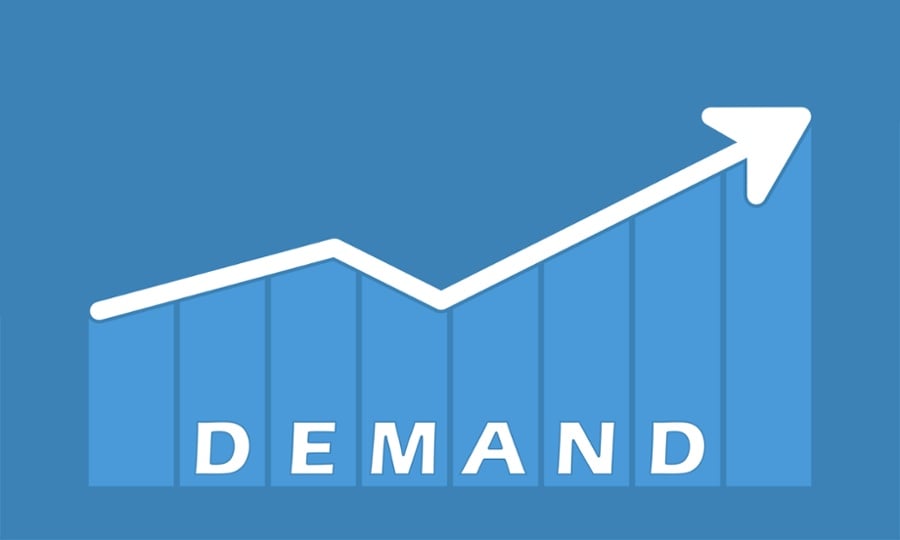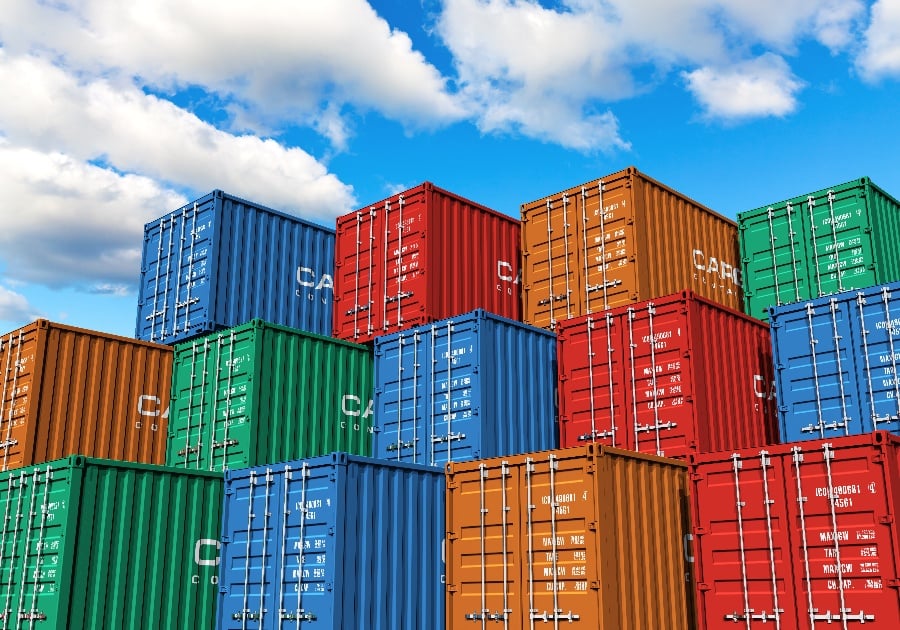
Pultruded products are extremely lightweight and durable, putting them in high demand. As these materials are incredibly versatile, they’re being used to replace other such as wood and aluminum. Research predicts that the use of pultruded items will significantly grow, leading to increased revenues within a number of industries. We’ll take a look at these sectors that will experience high growth over the next five years.
What Is Pultrusion?
Pultrusion is a manufacturing technique that converts fibers and resin into fiber-reinforced plastic, also referred to as FRP. With a constant cross-section, it has gained a reputation for being both durable and efficient.
Able to withstand corrosive environments, pultruded materials are commonly used to construct things that are left outdoors for long periods of time. This includes cars, bridges, sports equipment, and electric lines.
Pultrusion produces materials that are extremely versatile as well, making them suitable for sectors across a variety of industries.
The manufacturing process can be customized to design parts to fit almost any need currently being filled by steel or aluminum. In addition to being lighter and just as durable as similar materials, pultruded parts are a more cost-effective option. By lowering manufacturing costs, revenues increase automatically.
We can expect over the next few years that more industries will start replacing aluminum and steel with pultruded materials.
A Pultrusion Market Report released by Lucintel predicts that the pultrusion market will reach an estimated $3.4 billion by 2024. It explains this change is due to an “increasing demand for lightweight, corrosion-resistant, and durable products for various end-use industries.”
These are some of the sectors that we can expect to be impacted the most:
1. Electrical
Hot line sticks have proven to be a valuable addition to the electric industry. These high voltage pultruded fiberglass poles are non-conductive, ensuring the safety of both the power lines and the electricians working on them. In addition to being safe, they offer the benefit of being able to withstand 1,000 kV per foot.
2. Construction
Using pultruded fiberglass profiles has become vital to construction sites all over the world, as they provide quite a few benefits. Research has shown that pultruded materials such as glass fiber reinforced plastic can maintain its properties after 15 years of service, offering new levels of durability and long term performance that other materials just can’t provide.
The pultrusion process creates lightweight, durable materials that grant the results of a safe and sound structure. It also provides a more cost-effective option for homes and buildings as it’s cheaper to make than most other materials used in construction.
Pultruded fiberglass can also be painted to resemble wood, marble, and other surfaces so using it doesn’t mean you have to compromise when it comes to appearances. This also saves time and money during the construction process as there’s no need to paint.
3. Automotive
When it comes to the materials used to make cars, those in the industry are always looking for more cost-effective solutions. The pultrusion process has helped to reduce the manufacturing costs of cars and trucks by replacing bumpers, roof beams, and more with these materials.
While these parts are cheaper to manufacture, the quality doesn’t suffer. Pultruded materials are incredibly durable and strong enough to ensure that cars and trucks are made safely.
When compared to other materials used in the automotive industry, pultruded parts are much lighter. In fact, a Global Markets Insight report state that they are 75% lighter than steel and 30% lighter than aluminum.
4. Civil Engineering
Pultruded fiberglass is being used more and more often by civil engineers, and we can only expect to see it become a staple in the industry. This is because the pultrusion process creates long-lasting steel replacements that won’t corrode over time.
So, not only are these materials less costly, but they require less maintenance over the years. For these reasons, civil engineers are choosing to use pultruded fiberglass instead of steel when designing bridges, guardrails, pipelines, and more.
5. Consumer Goods
The sector expected to be most impacted by pultrusion inclusion is consumer goods. Since pultruded materials are so versatile, they can be used to update a large number of everyday products.
Not only will this help to make certain goods more affordable, but replacing any steel or aluminum with pultrusion materials can help to improve quality and longevity.
Some of the items currently incorporating these materials include sporting goods, tools, and ladders. We can expect this list to grow exponentially as using pultruded materials becomes a common practice.
Increased Revenues
Over the next five years, we can expect to see a significant increase in the use of pultruded materials. Industries who make the switch will experience higher revenues by saving money during the initial manufacturing process as well as over time when less maintenance is required.
This is going to be a game-changer for many sectors that build and maintain constructions for outdoor use.















